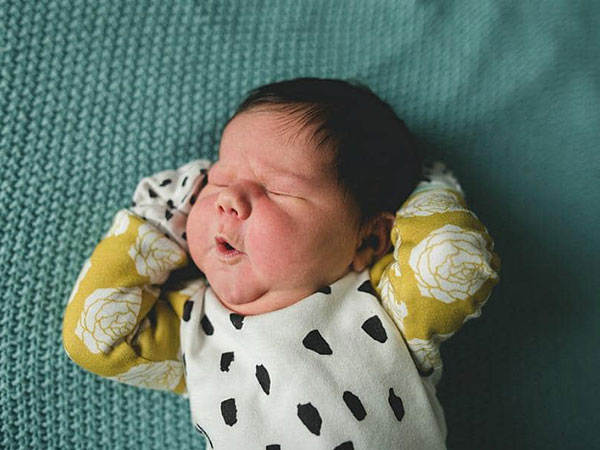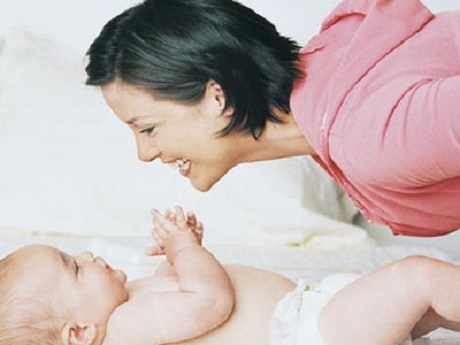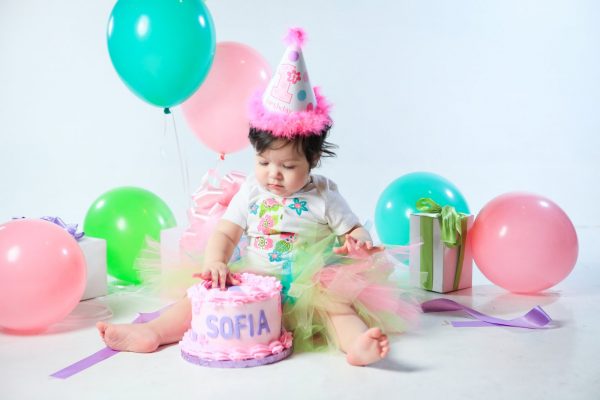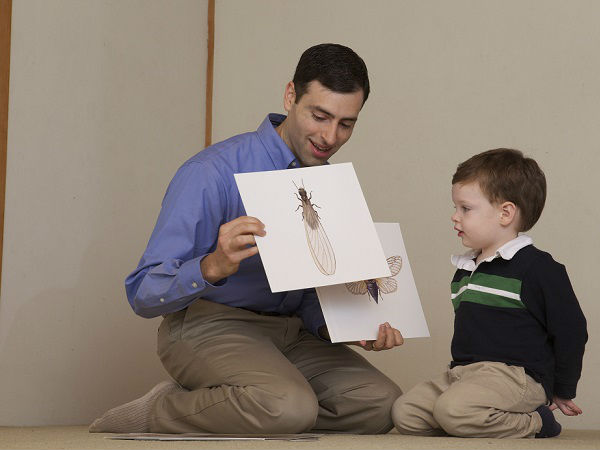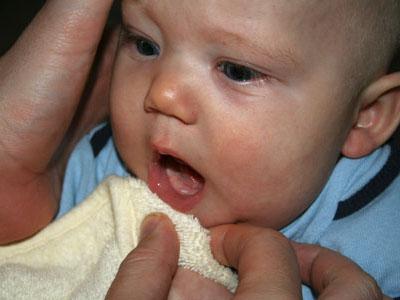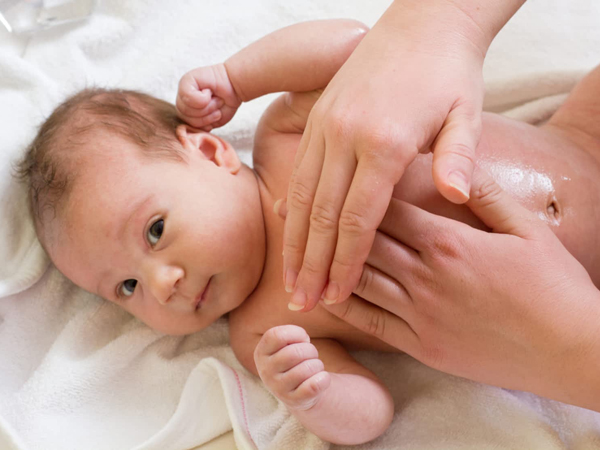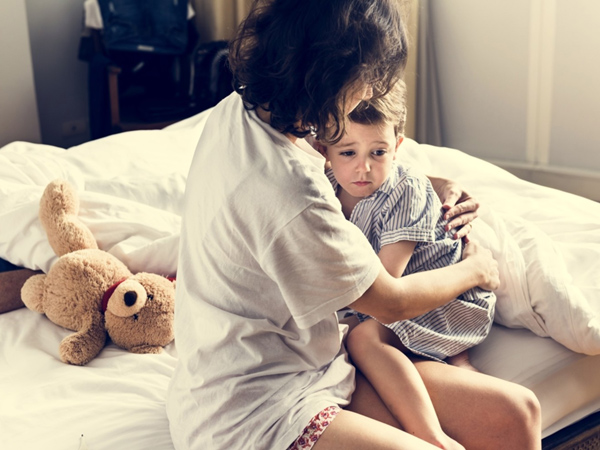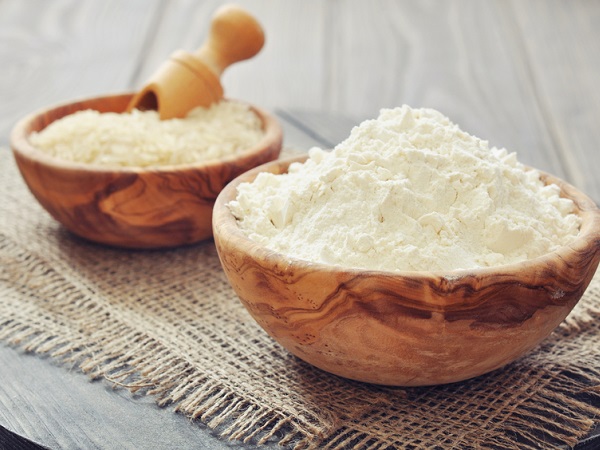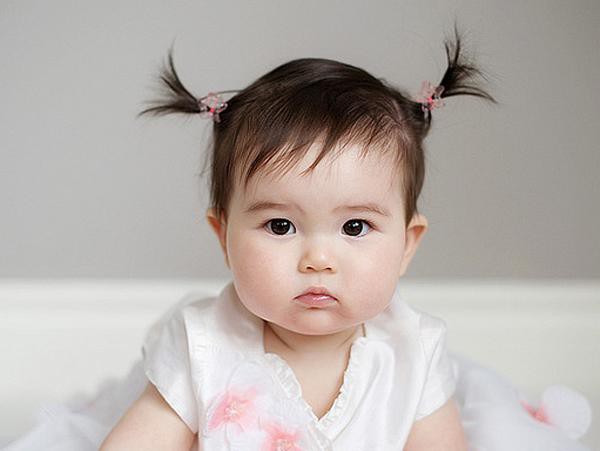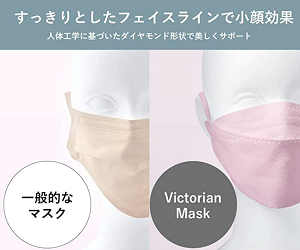Children with high malaria shiver, the most common mistake is to cover them with clothes and blankets to make them feel warmer. This accident is considered an unscientific way, which can endanger the child's life if not taken to the hospital in time.
content
Do not cover the blanket
Should use air conditioner
Try to put your baby to sleep to recover
Don't do too much exercise
Cleanse your body
Need to shower when your baby has a fever
Drink a lot of water
Hot, hot season is coming. Not only does it bring the sweltering sun, the uncomfortable increase in humidity, but the intense sunlight from dawn until late afternoon also brings a lot of viruses. Children are the easiest target to attack. Children with shivering malaria are a common phenomenon this season.
Fever does not rule out a single object, babies after birth to adults, just accidentally lost in the path of the virus to make the child get sick. The most recognizable symptom is a high fever. A common mistake when taking care of children at this time is keeping warm, warm.
The advice from experts is always to wear thin clothes, turn on the air conditioner at cool temperatures and drink plenty of water. Specifically:
Do not cover the blanket
When the body temperature is suddenly too high, it is necessary to find ways to limit warming in any way. The clothing now acts as an insulator and prevents heat from the skin's surface radiating into the environment.
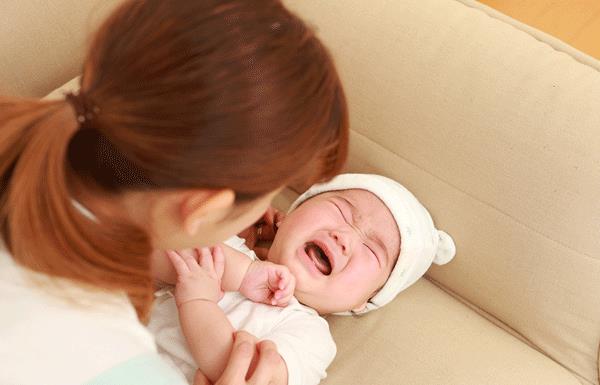
The baby has a fever, the mother also needs to know how to dress
Babies with a high fever should not cover or come in contact with hot water, a heater or any other device used to keep warm. It is best for your baby to wear thin woven fabrics for ventilation. Never wear thick shirts, sweaters and jackets or hoods.
Should use air conditioner
If you once took your child to the hospital with a high fever, you will see a strange scene: The doctor takes off her clothes, puts the baby in the air-conditioned room to reduce the fever. "Round eyes, flat eyes" observed, but only about 15-20 minutes after the mother will lose immediate effect.
Air conditioning is an effective way to keep babies cool during a fever, experts say. But moms should only keep the temperature between 26-28 degrees Celsius. Do not try to keep your baby away from fans or air conditioners as lowering body temperature below normal can also be dangerous.
Use an air conditioner or electric fan to circulate cool air in the room to let the air stream directly touch the child. Even a simple hand-held fan is enough to move the air that can be helpful in cooling. If the weather is cold, then no fan or air conditioner is needed to reduce the ambient temperature.
Try to put your baby to sleep to recover
Doctors advise that children need more rest and sleep because this helps to reduce body temperature quickly. Children will sleep better when the body is comfortable. Even when your baby is not sleepy, getting plenty of bed rest is also important. The body needs rest and sleep to recover. But if a child with a fever is sleeping too much, is unresponsive to being awoken and is not drinking any drinks, then see a doctor as soon as possible.
Don't do too much exercise
Children don't like to stay in the same place unless they are too tired. Even if your baby has a fever, they just need less fatigue they will want to play. This requires as much physical activity as an adult. But this will only increase the body temperature further, even if the child wears light clothing and has enough ventilation in the living environment.
Being physically active means the body needs more energy. And energy production means heat is generated. Although children may not always want to stay in bed all day, they should be kept inactive when they have a fever. If the child has a fever due to an infection, physical activity can also promote the spread of disease-causing microorganisms.
Cleanse your body
Use a thin washcloth soaked in warm water and then start wiping your baby. Pay attention to thoroughly wipe the groin, groin and groin area, or let the baby clamp a warm towel in the armpit, with this way the baby's body temperature will drop faster. Absolutely do not wipe the baby with cold water or use wind oil.
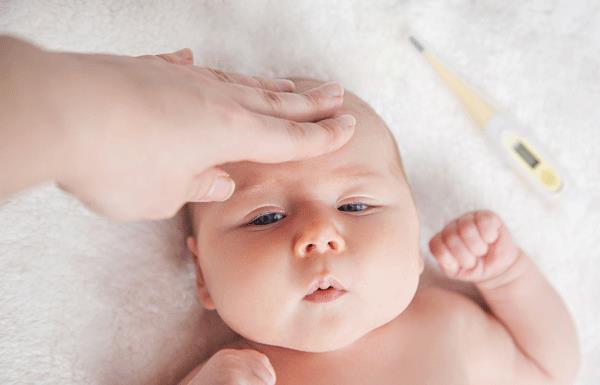
Do not think that a sick child does not take a bath, the classic mistake many doctors reminded you!
Bathing can help cool the body due to the properties of the water being cooling. Sitting in the bath can be helpful when heat from your body absorbs the surrounding water. Correct bath method:
Get your bathroom ready, close the doors to keep the room airtight.
Mix the bath water in a basin, whereby the temperature of the water must be about 2 degrees C lower than the child's body temperature, because it is too cold to shock the baby.
Mix a few drops of baby shower gel in a tub so you don't have to spend too long soaking your baby in water. Note to choose a gentle shower gel with your child's delicate skin, bathe the baby for about 3-5 minutes.
After bathing, wrap baby with a soft, warm cotton towel and dry the baby.
Wear clothes for children, choose clothes that are cool, sweat absorbent, not tight, tight.
Drink a lot of water
It can be filtered water or fin juice. Give your child more fluids than usual during times they are unwell, especially during fevers. Babies are dehydrated mainly in the form of sweat during and after a fever. If your child is vomiting or has diarrhea, the dehydration is worse.

Children with a fever should eat and drink? For young children, when they have a fever for a long time, the body will be weakened, tired, leading to anorexia, so it is more difficult to recover. So what should babies eat to quickly overcome? Mother please add the following foods to the daily diet, to help your baby "fight" the annoyance and drowsiness brought by fever!
The most important thing is that the resting room must be well ventilated, you can use an air conditioner or an electric fan to help the air circulate, but don't let your baby get too close to the mother!
